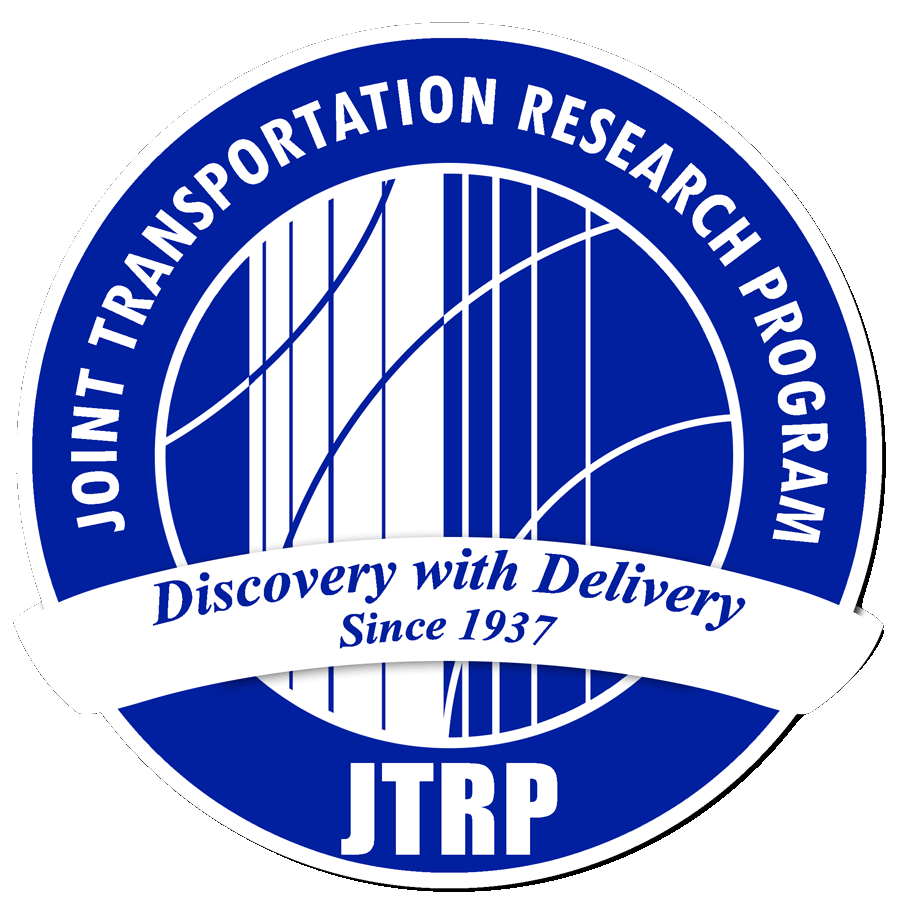Recommended Citation
Pellinen, T. K., G. Rowe, and K. Biswas. Evaluation of Surface (Top Down) Longitudinal Wheel Path Cracking. Publication FHWA/IN/JTRP-2004/06. Joint Transportation Research Program, Indiana Department of Transportation and Purdue University, West Lafayette, Indiana, 2004. https://doi.org/10.5703/1288284313216DOI
10.5703/1288284313216
Abstract
The research involved evaluating three surface cracked pavements during 2002 and 2003. A 500m section of I-65 North of Lafayette was chosen as the first site (designated as Site 1), an I-65 section in downtown Indianapolis was the second site (Site 2), and US-421 in Madison was the third site (Site 3). Site 1 had 11-year old pavement, Site 2 had 12-year old pavement and Site 3 had 4.5-year old pavement. All these sites exhibited longitudinal wheel path cracking which was later identified as top-down cracking. All sites had excellent structural capacity indicating that the top-down cracking was confined in the pavement surface. This was confirmed by visual inspection of cores. The causes for top-down cracking in the surface layer were identified as follows: 1) non-uniformities in the material properties caused by construction practices such as segregation; 2) high in-situ air void content; 3) low amount of fines in mixtures, and 4) aging of binder. However, the study was not able to identify/verify any structural causes for top-down cracking.
Report Number
FHWA/IN/JTRP-2004/06
Keywords
top-down cracking, binder stiffness, structural capacity, segregation, mix stiffness, modeling, SPR-2788
SPR Number
2788
Project Number
C-36-31P
File Number
2-11-16
Performing Organization
Joint Transportation Research Program
Publisher Place
West Lafayette, IN
Date of this Version
2004


